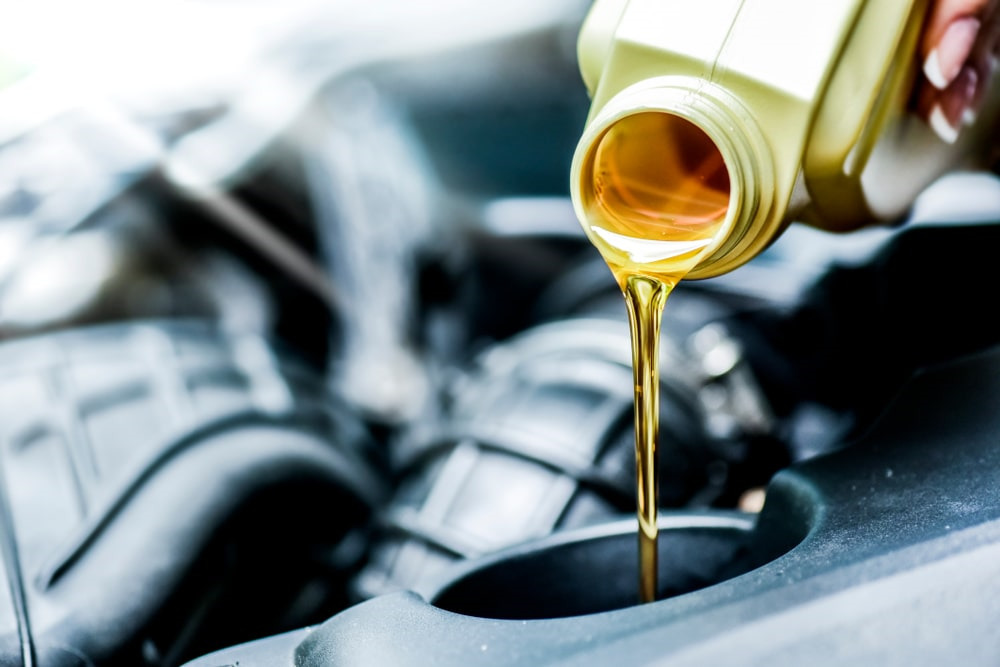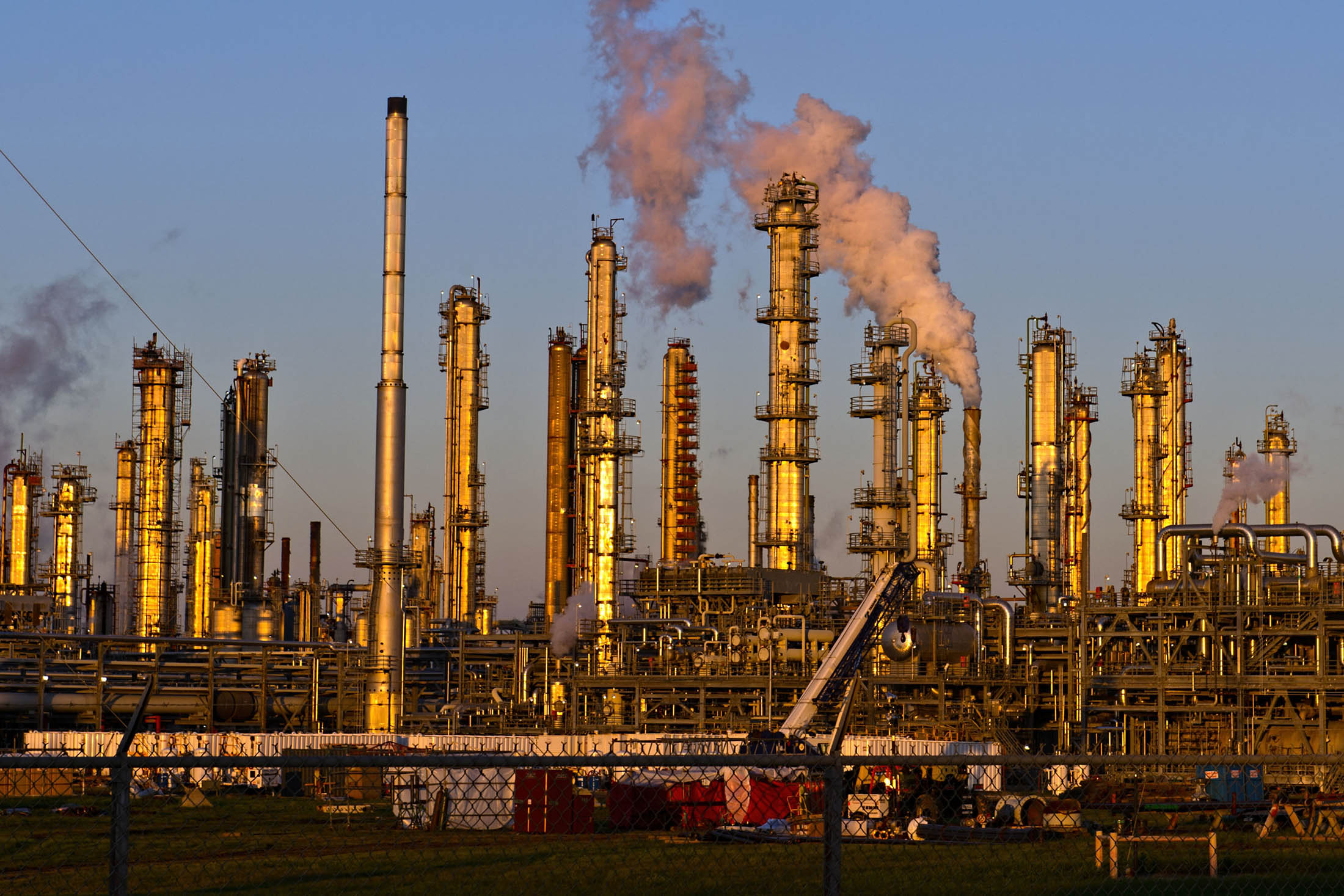INDUSTRIAL OILS, LUBRICANTS , FUELS AND PETROLEUM PRODUCTS:
 Oil analysis can uncover, isolate, and offer solutions for abnormal lubricant and machine conditions when used as a
predictive maintenance tool. These abnormalities can result in expensive, sometimes catastrophic damage causing lost
production, extensive repair costs, and even operator accidents.
Oil analysis can uncover, isolate, and offer solutions for abnormal lubricant and machine conditions when used as a
predictive maintenance tool. These abnormalities can result in expensive, sometimes catastrophic damage causing lost
production, extensive repair costs, and even operator accidents.
 maintenance costs associated with oil change‐outs, labor, repairs, and downtime. Accomplishing this goal takes time,
training, and patience. However, the results are dramatic and the documented savings and cost avoidance are significant.
maintenance costs associated with oil change‐outs, labor, repairs, and downtime. Accomplishing this goal takes time,
training, and patience. However, the results are dramatic and the documented savings and cost avoidance are significant.
Why Analyze Used Lubricants ?
Three Aspects of Oil Analysis
- Lubricant Condition: The assessment of the lubricant condition reveals whether the system fluid is healthy and fit for further service, or is ready for a change.
- Contaminants: Ingressed contaminants from the surrounding environment in the form of dirt, water and process contamination are the leading cause of machine degradation and failure. Increased contamination alerts you to take action in order to save the oil and avoid unnecessary machine wear.
- Machine Wear: An unhealthy machine generates wear particles at an exponential rate. The detection and analysis of these particles assist in making critical maintenance decisions. Machine failure due to worn out components can be avoided. Remember, healthy and clean oil lead to the minimization of machine wear.
How Do Lube Oils Fail?
Contamination , Degradation , or the Loss of Specific Properties provided by additives.
Contamination
External Sources: Dirt, water, and process related liquids or materials. Internal Sources: Machine wear and degradation byproducts.
Oil Degradation
Oxidation: What is it? Atmospheric oxygen combines with hydrocarbon molecules. The hotter the oil and the greater exposure to air, the faster oxidation proceeds. The initial by-products of oxidation are sludges and varnishes. However, further oxidation converts these by-products into carboxylic acids. These acids aggressively attack and corrode many machine component surfaces.
Additive Depletion
• Additives are consumed or chemically changed while performing their function. The performance characteristics of the lubricant are altered and the enhanced properties are wiped out.
At Bombay Test House, we undertake the following Products for different analysis:
Furnace Oil, Fuel Oil, Lube Oil, Engine Oil, Quenching Oil, Cutting Oil, Hydraulic Oil, Transformer Oil, Gear Oil, Bio Diesel, High Speed Diesel, LDO, and Miscellaneous Oils like Paraffin Oil, Silicon Oil, Rust Preventive Oil, Rubber Processed Oils, Compressor Oils, bearing Oils, Spray Oil, Heat Treatment Oils, Turbine Oils, Textile Machinery Oil etc., Grease, Thermic Fluid, Coolant, etc.,
They are tested for various parameters as per IS, ISO, ASTM standards.


Testing
Read More
Inspection
Read More
Certification
Read MoreTesting Services
- Drugs & Pharmaceutical Testing
- Cosmetics & Essential Oils Testing
- Medical Devices Testing
- Ayush - Ayurvedic Drug Testing
- Food Products Testing
- Agri Commodities Testing
- Fertilizers and Soil Testing
- Animal Food & Feed Testing
- Water - Drinking Water & Effluent Water Testing
- Industrial Oils and Lubricants & Petroleum Products Testing
- Coal & Coke and Solid Fuels Testing
- Ores & Minerals Testing
- Metals & Alloys Testing
- Plastics, Polymer, Rubber & Rubber Products Testing
- Resins & Adhesives Testing
- Paints, Varnish, Pigments & Surface Coating Testing
- Glass & Ink, Paper & Pulp Testing
- Industrial & Fine Chemicals Testing
- Dyes, Acids and Solvents Testing
- Soaps, Detergents & Toiletries Testing
- Packaging & Packaging Products Testing
- Gold & Silver Assaying & Hallmarking
- Cement, Concrete & Building Materials Testing
- Pollution and Environmental Studies
- Microbiological Assays. Etc.,









